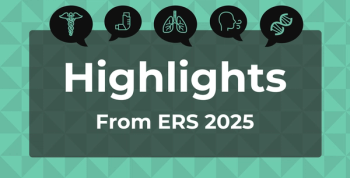
Higher Physical Activity Lowers Risk of Mortality and Cardiovascular Disease
A study has found that both recreational and non-recreational activity reduces the risk of mortality and cardiovascular disease, regardless of the country's economic status.
Higher recreational and non-recreational activity is linked to a lower risk of mortality and cardiovascular disease (CVD), regardless of a country’s economic level, according to a new
CVD is the leading cause of death globally. Although there has been a decrease in the rate of CVD deaths in high-income countries, CVD mortality increased by 41% from 1990 to 2013 due to the increased rates of low-income and lower middle-income countries.
While there has been a confirmed association between physical activity and mortality and CVD rates in high-income countries, there is a lack of research on the relationship in low-income and middle-income countries. 70% of global CVD deaths occur in low-income and middle-income countries. In addition, little research has been done on whether non-recreational activity has the same effect as recreational activity.
“In low-income and middle-income countries, physical activity is predominantly from non-recreational activities such as transportation, occupation, and housework, and therefore findings in high-income countries might not apply to other countries,” wrote the authors.
Keeping this in mind, the authors of the study analyzed whether differing amounts and types of physical activity are linked with lower mortality and cardiovascular disease rates in countries of different economic statuses. The authors analyzed 17 countries of different economic backgrounds and studied 130,843 individuals between 35 and 70.
The results showed that higher physical activity was associated with lower risks for both mortality and CVD, regardless of the country’s economic level. Even moderate physical activity produced a lower risk for both. The findings also showed that the type of physical activity did not alter the effects, so any form of physical activity is beneficial in lowering the risk of both mortality and CVD.
Individuals enrolled in the study, predominantly from non—high-income countries, who participated in 150 minutes of moderately intense physical activity per week had a 22% lower risk of all-cause mortality plus major CVD, 28% lower risk of mortality, and 20% lower risk of major CVD.
Compared to moderate physical activity, high physical activity lowered the risk of mortality plus CVD by an additional 15%, mortality by 19%, and major CVD by 12%.
“Increasing physical activity is a simple, widely applicable, low-cost global strategy that could reduce deaths and CVD in middle age,” concluded the authors.
Although there were lower risks produced regardless of the economic status of a country, the rate of lowered risk varied. Higher physical activity was associated with a lower risk of mortality plus major CVD in higher-income and upper middle-income countries compared to lower middle-income and low-income countries. The reason remains unclear.
Newsletter
Stay ahead of policy, cost, and value—subscribe to AJMC for expert insights at the intersection of clinical care and health economics.













































